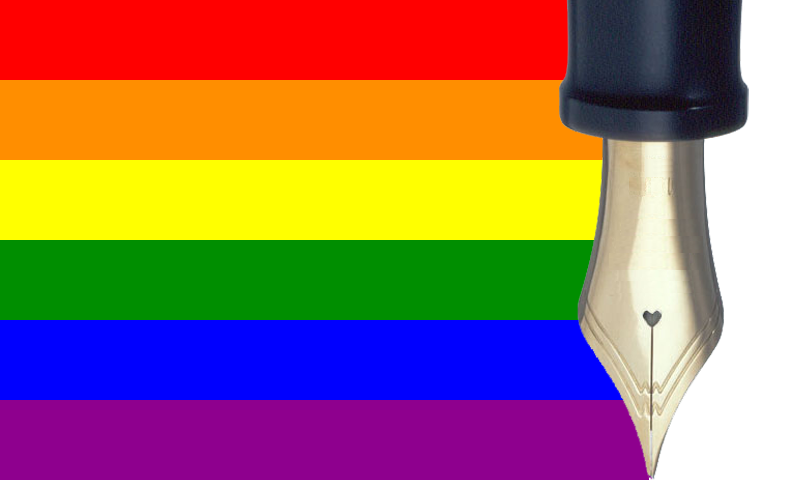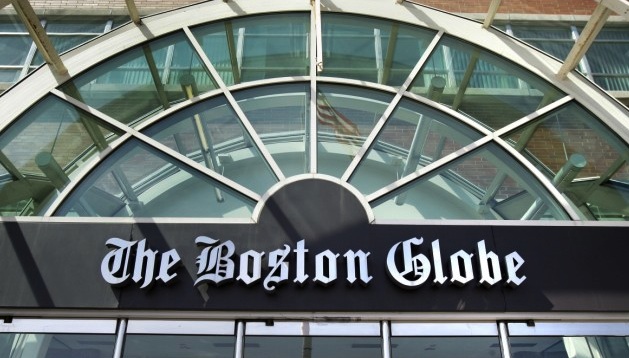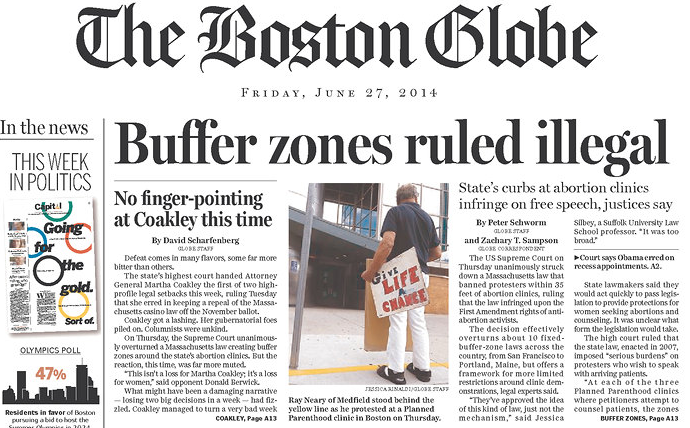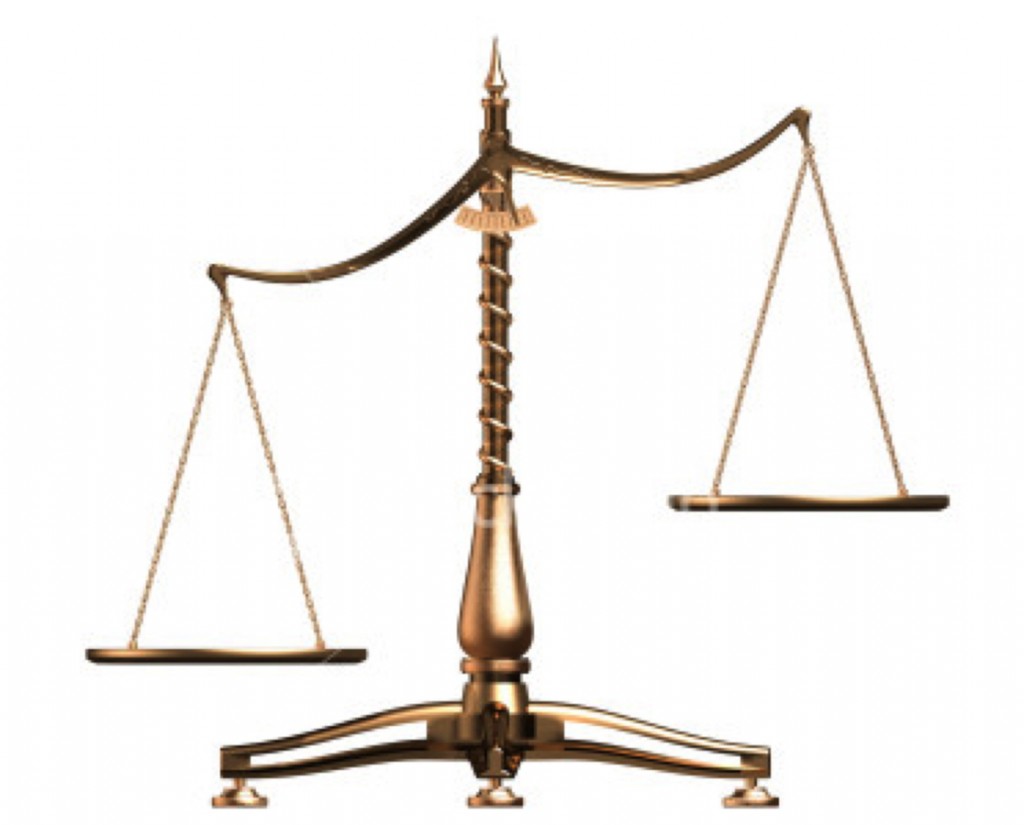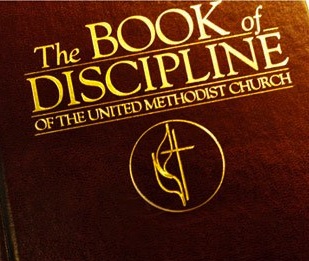It’s time for another “Kellerism” update, as The New York Times continues its efforts to highlight religious institutions with doctrines that are unacceptable to the newsroom’s theologians and, perhaps, the U.S. Department of Justice. This time, the drama shifts out West, where another Christian college community is trying to find a way to live out its faith commitments.
NEWBERG, Ore. — A growing number of openly transgender students have forced schools around the country to address questions so basic that they were rarely asked just a few years ago, much less answered: What defines a person’s gender, and who gets to decide?
A small Christian college here, George Fox University, has become the latest front in this fight, refusing to recognize as male a student who was born anatomically female. The student calls himself a man, and as of April 11, when a state circuit court legally changed his sex, the State of Oregon agrees.
But George Fox University sees him as a woman, and it prohibits unwed students from living with anyone of the opposite sex.
Notice the question that was not asked, in an alleged news story that opens with an editorial assertion: If a private — as opposed to state — college is a doctrinally defined voluntary association, what happens when a student decides that he or she does not believe those doctrines? Think of it this way: If a student at a Muslim college decided to convert to Christianity, thus contradicting the covenant he voluntarily signed when he came to the campus, would the college be able to say that this student had to accept the school’s doctrinal authority?
If private religious organizations have the right to define their communities in terms of doctrine, does this First Amendment right no longer apply to doctrines linked to sex? The other way I have stated the question is this: Does the First Amendment’s promise of free exercise of religion still apply to traditional religious believers who reject many of the doctrines linked to the Sexual Revolution?
The leaders of the Times team, of course, do not appear to be interested in that half of the debate that is at the heart of this news story. Thus, this report crashes, as an attempt at journalism. Why?
The answer, of course, is “Kellerism.” What is that? Here is a reminder from a recent post, when I first coined that term. The key is the famous 2011 remarks by former Times editor Bill Keller, when he said that the basic rules of journalism no longer apply to coverage of religious, moral and cultural issues.
“We’re liberal in the sense that … liberal arts schools are liberal,” Keller noted. … “We’re an urban newspaper.”
Keller continued: “We are liberal in the sense that we are open-minded, sort of tolerant, urban. Our wedding page includes — and did even before New York had a gay marriage law — included gay unions. So we’re liberal in that sense of the word, I guess. Socially liberal.”
Asked directly if the Times slants its coverage to favor “Democrats and liberals,” he added: “Aside from the liberal values, sort of social values thing that I talked about, no, I don’t think that it does.”
The words “aside from” are the doors into “Kellerism.” It’s first journalism-defining doctrine is:

